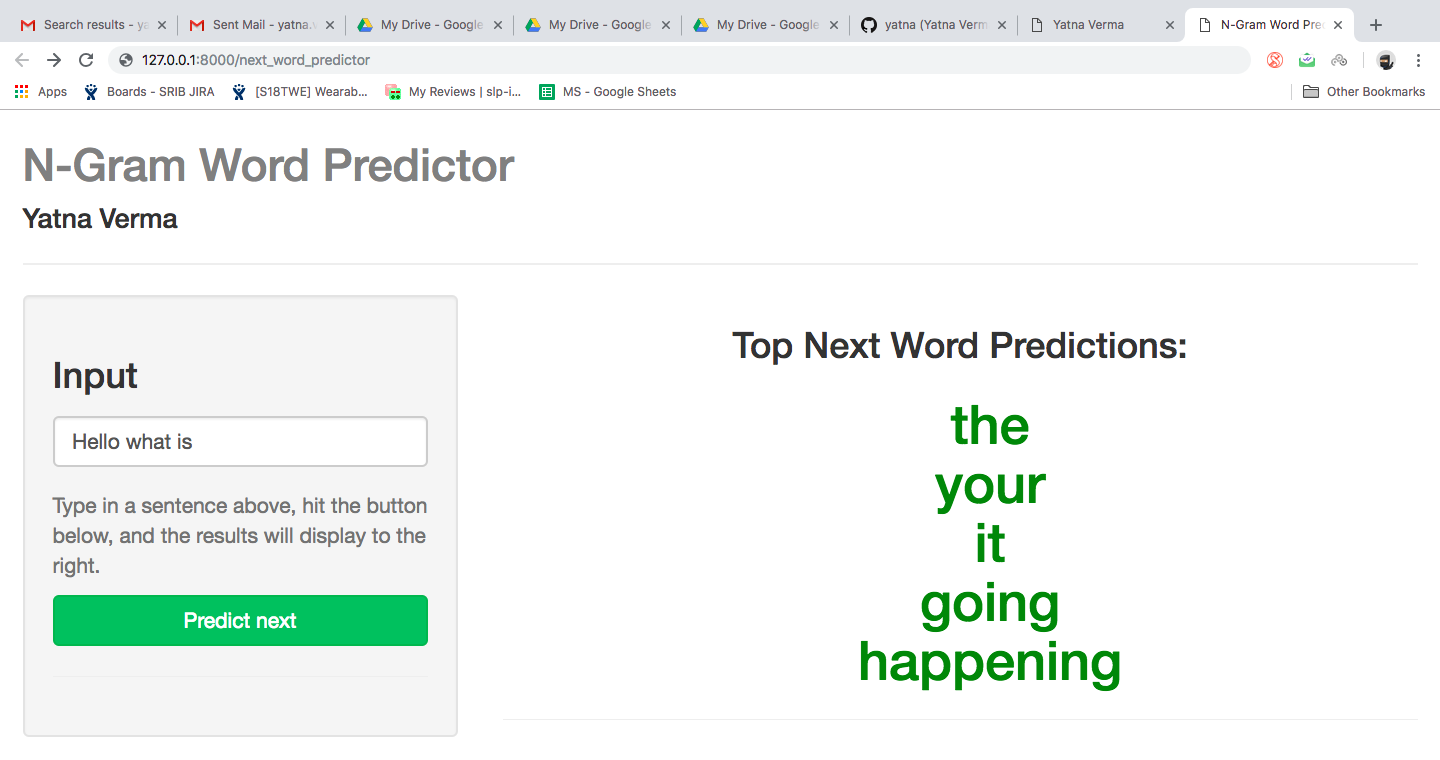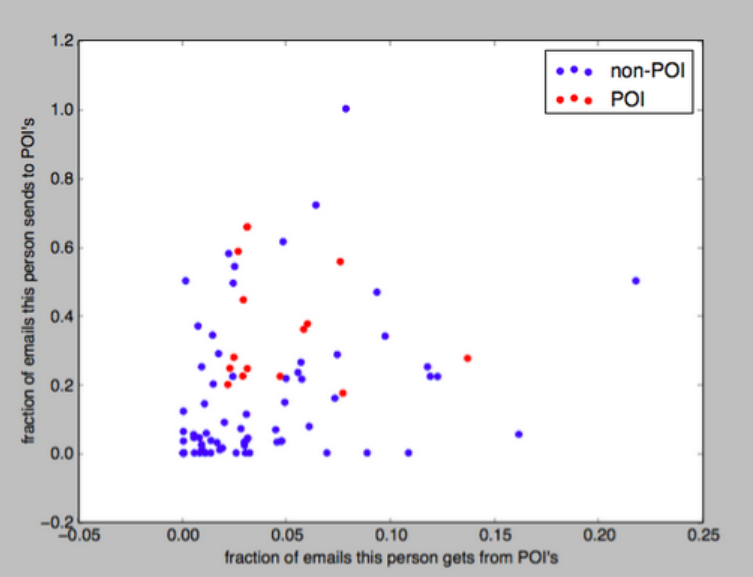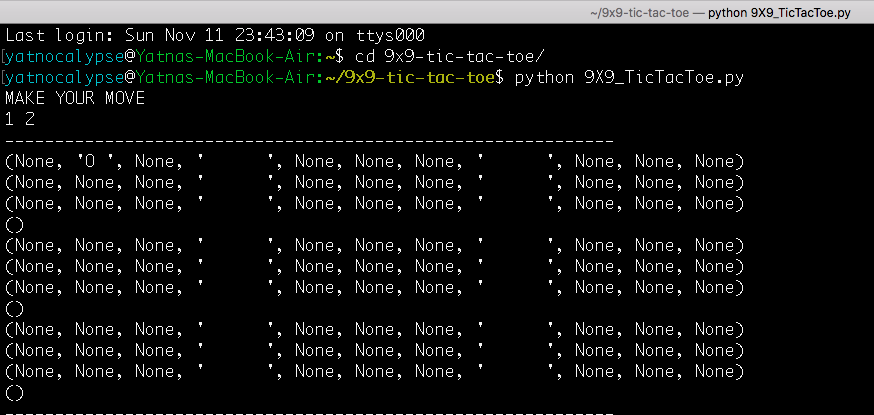N-Gram Word Predictor

Problem Addressed - Around the world, people are spending more and more time on mobile deivces for email, social networking, and a bunch of other activities. However, typing on these devices is painful and time consuming. The solutions aims to improve typing experiance by providing automtic next word prediction..
Solution - A next word prediction algorithm using n-gram model with 'Stupid Backoff'. The algo checks if highest order n-gram (n=5) is seen, if not, it falls back to lower order n-grams.




